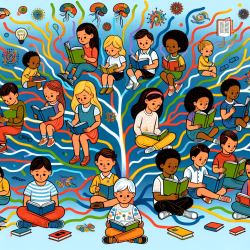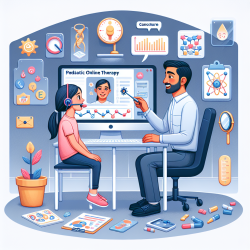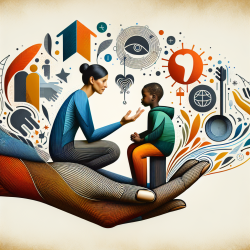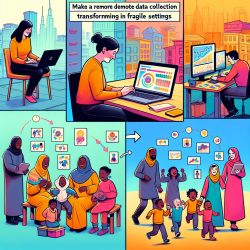Unlocking the Secrets of Reading: How Gender and Age Play a Role
In the fascinating world of speech-language pathology, understanding the factors that influence reading skills is crucial for developing effective interventions. A recent study titled "Neural Effects of Gender and Age Interact in Reading" provides valuable insights into how gender and age impact reading abilities. This blog explores the key findings of the study and offers practical advice for practitioners looking to enhance their skills and outcomes for children.
The Study at a Glance
The research, conducted by Graves et al. (2019), examined how gender and age influence neural processes related to reading. The study utilized functional magnetic resonance imaging (fMRI) to observe brain activity in participants as they engaged in reading tasks. The researchers focused on two primary aspects of reading: semantic processing (understanding word meanings) and orthography-phonology mapping (converting written words into sounds).
Key Findings
- Age-Related Decline: Reading accuracy declined with age for both men and women, but the decline was more pronounced in men. This suggests that age-related changes in reading skills may differ between genders.
- Neural Interactions: The study found that interactions between gender and age were most evident in the medial orbitofrontal cortex (mOFC). Men showed increasing neural activation with age for non-words compared to words, while women exhibited only slight decreases in activation.
- Orthography-Phonology Conversion: The interaction of gender with age in the mOFC may relate primarily to orthography-phonology conversion for unfamiliar letter strings, highlighting the importance of considering both factors in language-related tasks.
Implications for Practitioners
These findings underscore the need for practitioners to consider both gender and age when assessing and developing interventions for reading difficulties. Here are some practical steps practitioners can take:
- Personalized Interventions: Tailor reading interventions to account for the unique challenges faced by different genders and age groups. For example, older male students may benefit from targeted support in phonological processing.
- Continuous Assessment: Regularly assess reading skills across different age groups to identify patterns of decline or improvement. This can help in adjusting intervention strategies to meet evolving needs.
- Further Research: Encourage further research into the neural mechanisms underlying reading to better understand how gender and age interact. This can lead to more effective, evidence-based practices.
Conclusion
The study by Graves et al. (2019) provides valuable insights into the complex interplay between gender, age, and reading skills. By understanding these interactions, practitioners can develop more effective interventions that cater to the diverse needs of children. For those interested in delving deeper into the research, the original paper can be accessed here.










